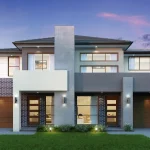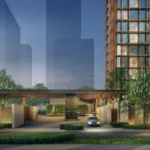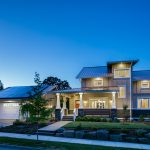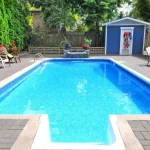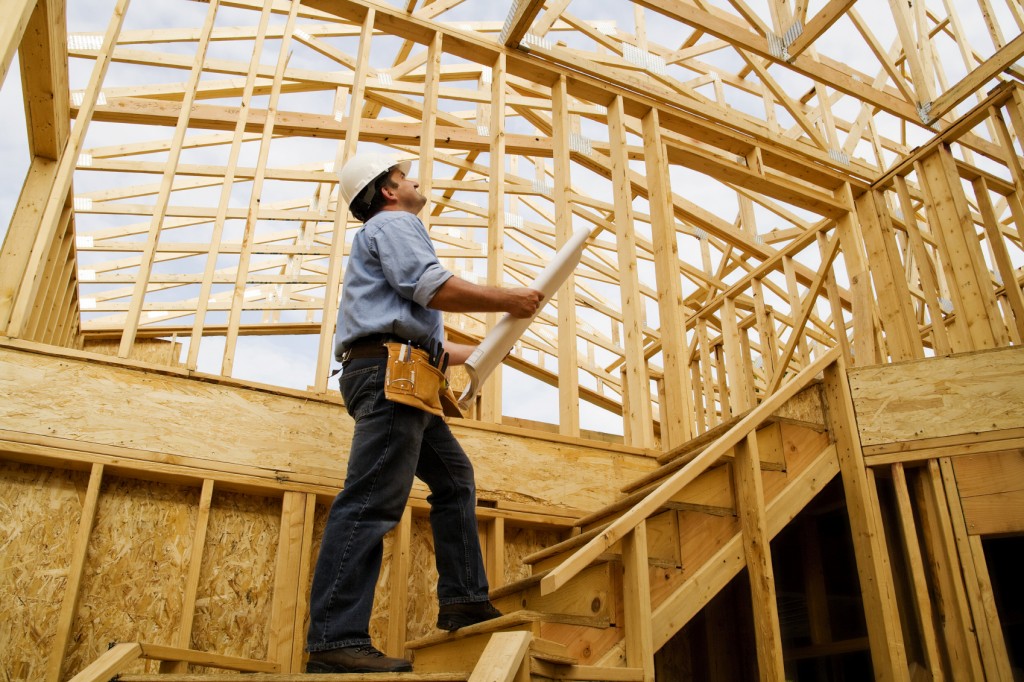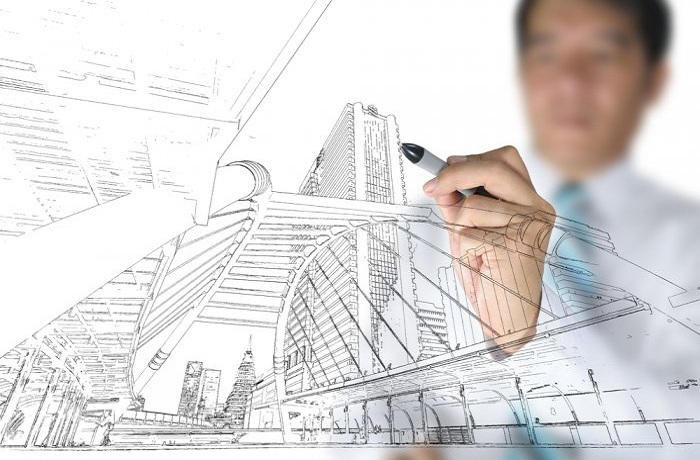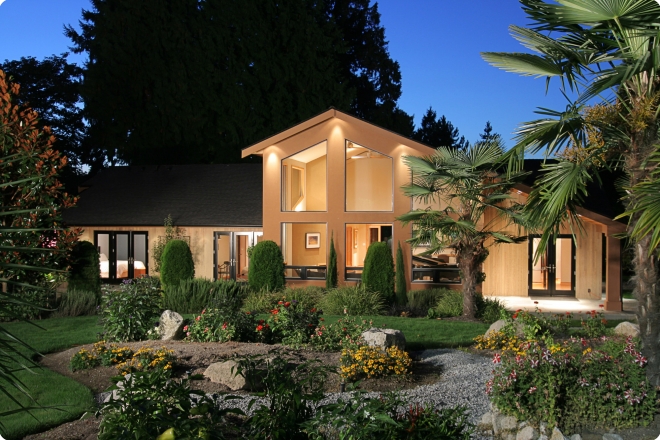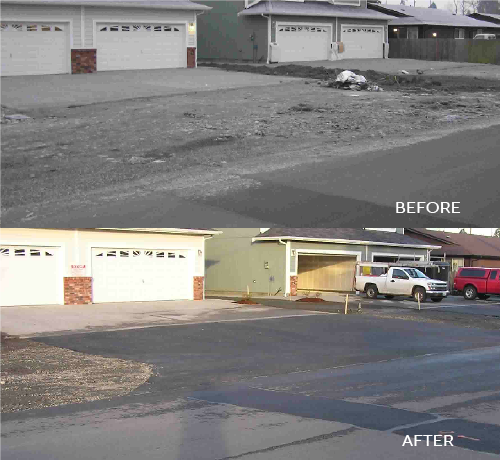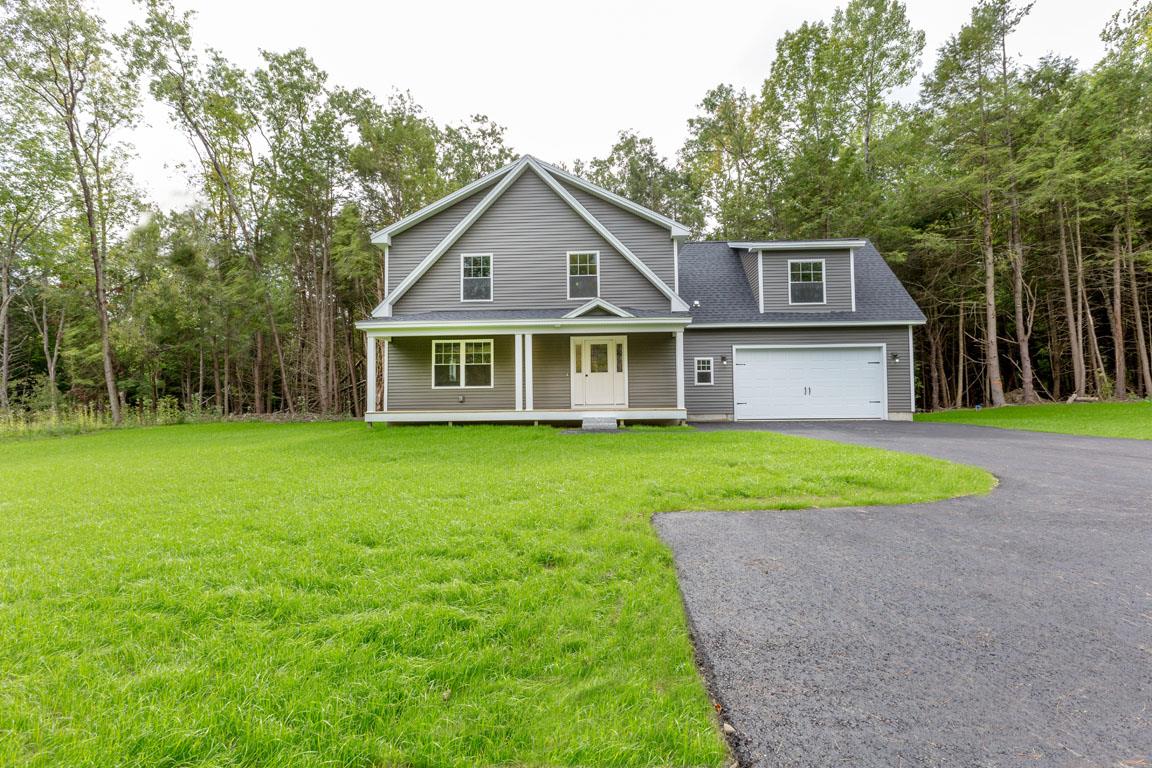Mid-century modern homes have surged in popularity, but few names carry as much weight as Eichler homes. These iconic structures, known for their open floor plans and seamless indoor-outdoor living, are not just dwellings—they’re pieces of architectural history. Whether you’re a homeowner, design enthusiast, or a student of architecture, understanding the influence of Joseph Eichler and his homes helps explain why his designs are still cherished today.
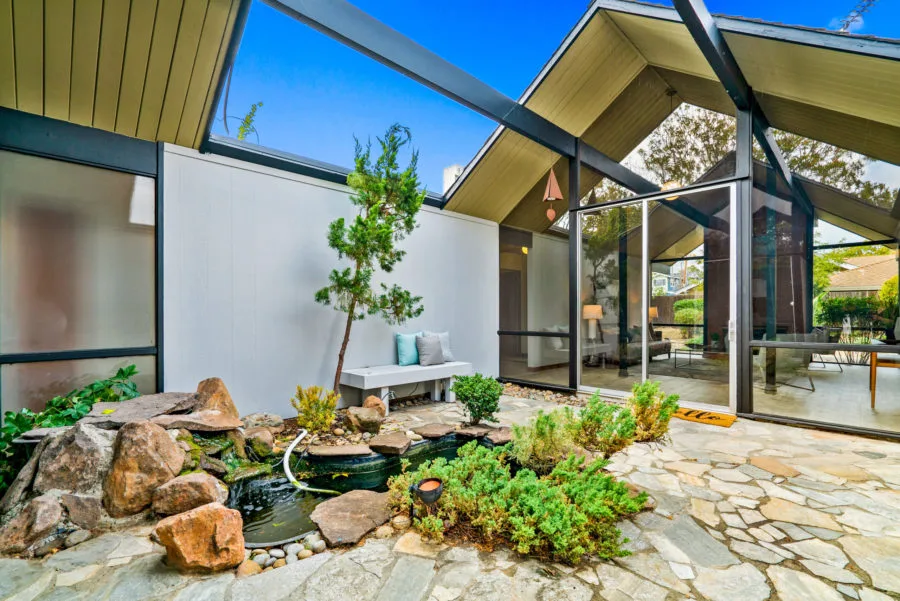
Content
Who Was Joseph Eichler?
The story of Eichler home begins with a visionary developer. Joseph Eichler, originally a businessman in the dairy industry, made a bold career pivot in the 1940s. After renting a Frank Lloyd Wright-designed home in California, Eichler was deeply inspired by the open, modern aesthetic and decided to bring similar homes to the general public.
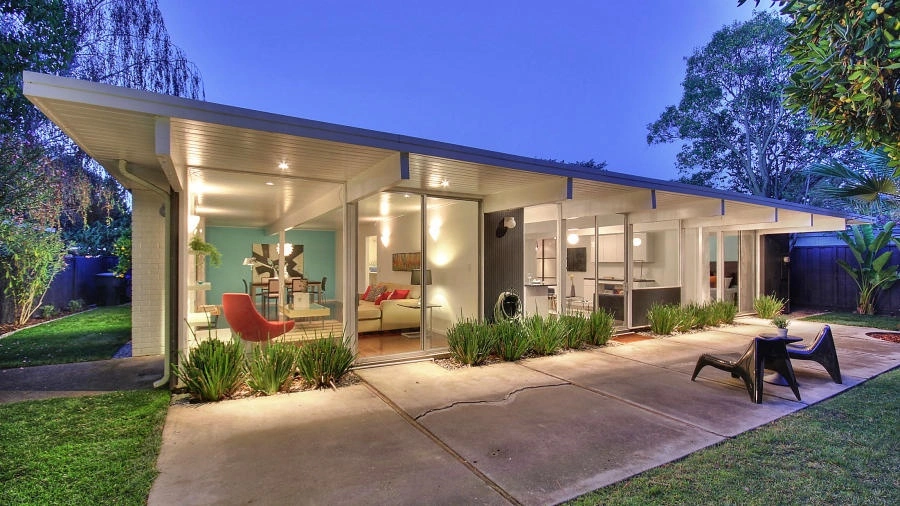
Unlike many developers of his time, Eichler was driven by a mission: to create modern, affordable homes for middle-class families. His focus was not just on style but also on inclusivity and community living, a progressive stance that was rare in the 1950s housing market. Eichler refused to participate in racially discriminatory housing practices, which positioned him as a socially conscious developer ahead of his time.
Defining Features of Eichler Homes
What exactly makes a home an “Eichler”? These homes aren’t just modern—they’re uniquely Californian. The “California Modern” style, as it came to be known, is characterized by several distinctive features that set it apart from other mid-century designs.
Post-and-Beam Construction
This structural method allowed for fewer load-bearing walls and more open floor plans. The result? Spacious interiors and flexible living spaces that could evolve with the family’s needs.
Floor-to-Ceiling Glass Walls
Eichler homes are best known for their expansive use of glass, creating a visual and physical connection between indoors and outdoors. These glass walls invite natural light while opening up the home to gardens, patios, and courtyards.
Radiant Heating
Instead of forced-air systems, Eichler installed radiant heating under concrete floors. This provided even warmth without the noise and visual clutter of vents and ducts.
Atriums and Indoor-Outdoor Flow
Many Eichler home include a central atrium, an open-air entry space that brings the outdoors inside. Combined with sliding doors and open layouts, these homes promote a fluid interaction with nature.
Eichler’s Social Vision
Eichler’s homes were not just architectural marvels; they were also vessels for his social philosophy. He strongly believed in fair housing and diverse communities. At a time when racially restrictive covenants were common, Eichler was one of the first developers to sell homes to people of all races and religions.

He also emphasized community amenities and cohesive neighborhood design. Subdivisions featuring Eichler home were often designed with cul-de-sacs, parks, and communal spaces to foster social interaction.
Where You’ll Find Eichler Homes Today
More than 11,000 Eichler home were built between 1949 and 1974, mainly in Northern and Southern California. Notable locations include:
- Palo Alto
- San Mateo
- San Jose
- Orange County
- San Rafael
These homes have since become prized possessions, often featured in real estate listings with a premium due to their historic and design value.
The Modern Resurgence of Eichler Design
Interest in Eichler homes has experienced a significant revival in the 21st century. Thanks to a renewed appreciation for mid-century modern design, buyers and architects alike are returning to Eichler’s principles.

Some modern developers even attempt to recreate Eichler-style homes, emphasizing open layouts, minimalist interiors, and eco-conscious materials. However, purists often argue that nothing beats the original Eichler architecture, especially when preserved with care and authenticity.
Preservation and Renovation Tips
Maintaining the integrity of Eichler homes is crucial for homeowners who want to keep the original charm intact. Here are a few preservation strategies:
- Respect the original materials, such as mahogany paneling and globe light fixtures.
- Maintain the indoor-outdoor connection by avoiding heavy drapes or non-original walls that block natural light.
- Update carefully: If modernizing, aim for designs that echo the minimalist, functional ethos of Eichler’s work.
Why Eichler Homes Still Matter Today
In an age of cookie-cutter suburban housing, Eichler homes stand out as a testament to what thoughtful design and ethical development can achieve. They promote:
- Architectural beauty
- Functional, livable space
- Social progress
- Connection to nature
These values are more relevant now than ever, especially as homeowners seek sustainable and emotionally enriching living environments.
Conclusion: The Enduring Legacy of Eichler Homes
Eichler home are more than mid-century relics—they’re a celebration of innovation, inclusion, and intention. From their sleek “California Modern” style to their pioneering social values, these homes reflect the best of architectural and humanistic ideals.
Whether you’re considering purchasing one, restoring one, or simply admiring their legacy, Eichler’s vision continues to inspire generations of homeowners and designers alike. As we look to the future of homebuilding, the lessons from these iconic structures remind us that beauty, function, and fairness can—and should—coexist in the places we call home.
FAQs
What makes Eichler homes unique?
Eichler homes are known for their open floor plans, post-and-beam construction, floor-to-ceiling glass, and seamless indoor-outdoor living spaces.
Where are most Eichler homes located?
Most Eichler homes are found in California, especially in Palo Alto, San Mateo, San Jose, and Orange County.

Christine Kelley is a dedicated home blogger who has been blogging for over six years. She covers everything home related. Christine also loves writing posts about her travels to Europe with her husband and two children.

